Synthesis of Fluorinated Polymers and Evaluation of Wettability
Abstract
:1. Introduction
2. Results and Discussion
2.1. Synthesis of Fluorinated Monomers
2.2. Polymerization of Fluorinated Monomers
2.3. Contact Angle Measurements
2.4. Calculation of the Critical Surface Tension
3. Experimental Section
3.1. Preparation
3.1.1. 1H,1H-Perfluoro-3,6,9-trioxadecyl Acrylate (1a)
3.1.2. 1H,1H-Perfluorohexyl Acrylate (1b)
3.1.3. Polymerization of 1a and 1b
3.2. Evaluation of Contact Angle
4. Conclusions
Author Contributions
Conflicts of Interest
Abbreviations
| PEG | poly(ethylene glycol) |
| PTFE | polytetrafluoroethylene |
| AIBN | α,α′-Azobisisobutyronitrile |
| DMF | N,N-Dimethylformamide |
References
- Curtis, A.S.G.; Forrester, J.V.; McInnes, C.; Lawrie, F. Adhesion of cells to polystyrene surfaces. J. Cell. Biol. 1983, 97, 1500–1506. [Google Scholar] [CrossRef] [PubMed]
- Pan, C.J.; Hou, Y.H.; Zhang, B.B.; Dong, Y.X.; Ding, H.Y. Blood compatibility and interaction with endothelial cells of titanium modified by sequential immobilization of poly(ethylene glycol) and heparin. J. Mater. Chem. B 2014, 2, 892–902. [Google Scholar] [CrossRef]
- Souzy, R.; Ameduri, B. Functional fluoropolymers for fuel cell membranes. Prog. Polym. Sci. 2005, 30, 644–687. [Google Scholar] [CrossRef]
- Kostov, G.; Ameduri, B.; Sergeeva, T.; Dolbier, W.R., Jr.; Winter, R.; Gard, G.L. Original SF5-containing fluorinated copolymers based on vinylidene fluoride. Macromolecules 2005, 38, 8316–8326. [Google Scholar] [CrossRef]
- Im, J.S.; Lee, S.K.; In, S.J.; Lee, Y.S. Improved flame retardant properties of epoxy resin by fluorinated MMT/MWCNT additives. J. Anal. Appl. Pyrolysis 2010, 89, 225–232. [Google Scholar] [CrossRef]
- Bhairamadgi, N.S.; Pujari, S.P.; van Rijn, C.J.M.; Zuilhof, H. Adhesion and friction properties of fluoropolymer brushes: On the tribological inertness of fluorine. Langmuir 2014, 30, 12532–12540. [Google Scholar] [CrossRef] [PubMed]
- Hougham, H.; Cassidy, P.E.; Johns, K.; Davidson, T. Fluoropolymers; Kluwer Academic/Plenum: New York, NY, USA, 1999. [Google Scholar]
- Tingting, Y.; Li, Y.; Hui, P.; Shiyuan, C.; In, J.P. Characterization of a low-wettable surface based on perfluoroalkyl acrylate copolymers. J. Fluor. Chem. 2006, 127, 1105–1110. [Google Scholar]
- Sano, S. Polymer-Bound Catalysts for Use in Carbon Dioxide. WO2001014289A2, 1 March 2001. [Google Scholar]
- Jahangir, A.R.; McClung, W.G.; Cornrlius, R.M.; McCloskey, C.B.; Brash, J.L.; Santerre, J.P. Fluorinated surface-modifying macromolecules: Modulating adhensive protein and platelet interactions on a polyether-urethane. J. Biomed. Mater. Res. 2002, 60, 135–147. [Google Scholar] [CrossRef] [PubMed]
- Horvath, T.I.; Rabai, J. Hydroformylation of olefins. Science 1994, 266, 72–75. [Google Scholar] [CrossRef] [PubMed]
- Bracco, G.; Holst, B. Surface Science Techniques; Springer: Berlin, Germany, 2013. [Google Scholar]
- Fox, H.W.; Zisman, W.A. The spreading of liquids on low-energy surfaces. III. Hydrocarbon surfaces. J. Colloid Sci. 1952, 7, 428–442. [Google Scholar] [CrossRef]
- Vicente, C.M.S.; Andre, P.S.; Ferreira, R.A.S. Simple measurement of surface free energy using a web cam. Rev. Bras. Ensino Fis. 2012, 34. [Google Scholar] [CrossRef]
- Hejda, F.; Solar, P.; Kousal, J. Surface free energy determination by contact angle measurements—A comparison of various approaches. In Proceedings of the 19th Annual Conference of Doctoral Students, Prague, Czech Republic, 1–4 June 2010.
- Fox, H.W.; Zisman, W.A. The spreading of liquids on low energy surfaces. I. Polytetrafluoroethylene. J. Colloid Sci. 1950, 5, 514–531. [Google Scholar] [CrossRef]
- Paynter, R.W.; Ratner, B.D.; Horbett, T.A.; Thomas, H.R. XPS studies on organization of adsorbed protein films on fluoropolymers. J. Colloid Interface Sci. 1984, 101, 233–245. [Google Scholar] [CrossRef]
- Sample Availability: Samples of the compounds (1a, 1b, 2a, and 2b) are available from the authors.

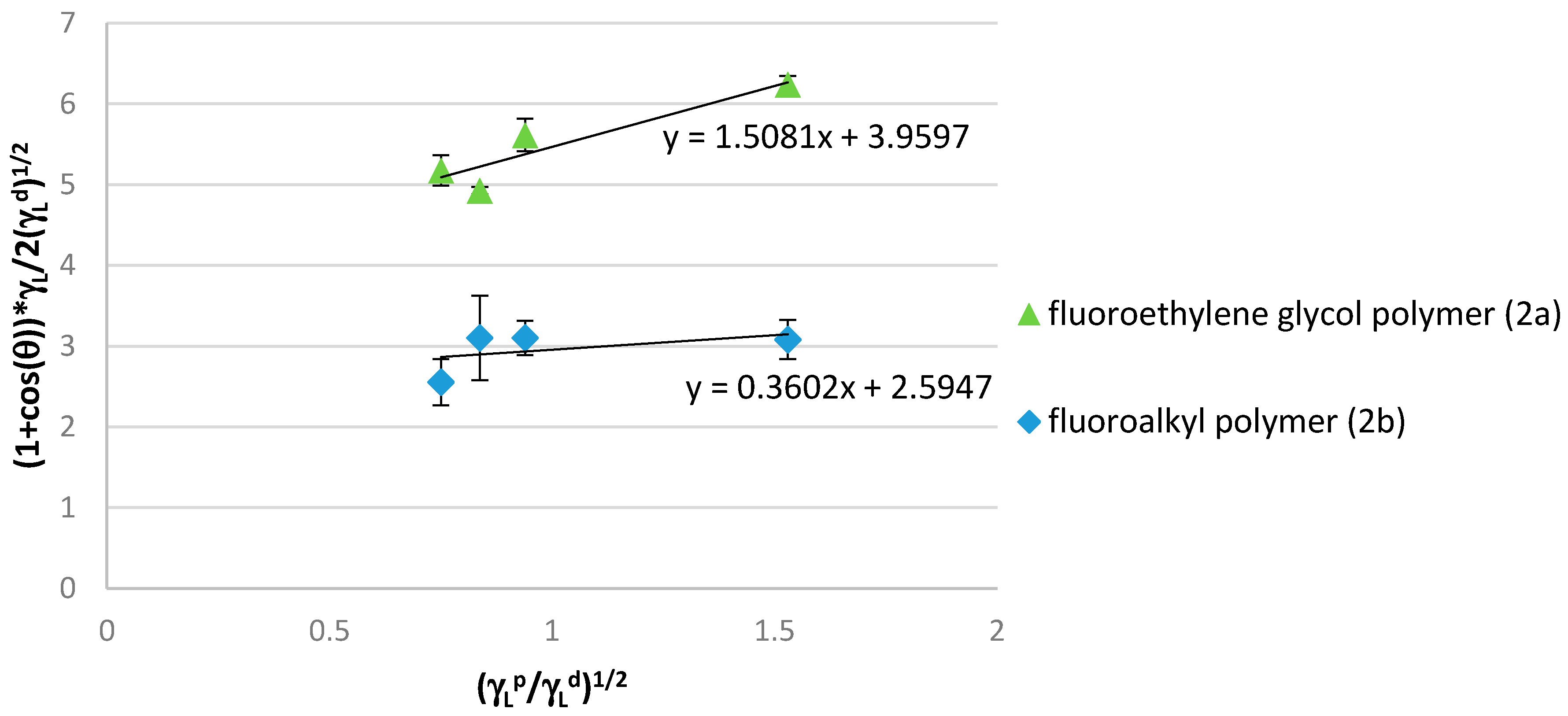
| Polymer | Yield (%) | Molecular Weight 1 (Da) | Degree of Polymerization (n) | |
|---|---|---|---|---|
| Before Hydrolysis 1 | After Hydrolysis 2 | |||
| 2a | 79.0 | 4.7 × 105 | 980 | 850 |
| 2b | 87.2 | 1.2 × 106 | 3200 | 1000 |
| Milli Q | 1-Pentanol | 1-Hexanol | 1-Heptanol | 1H,1H,5H-Octafluoro-1-pentanol | 1H,1H-Perfluoro-1-hexanol | 1H,1H,7H-Dodecafluoro-1-heptanol | |
|---|---|---|---|---|---|---|---|
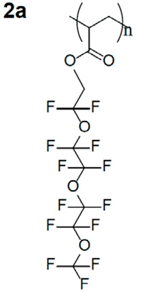 |  | 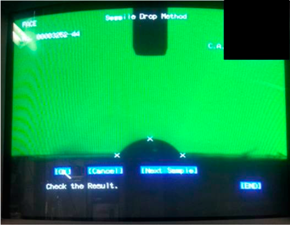 | 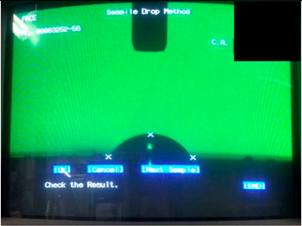 | 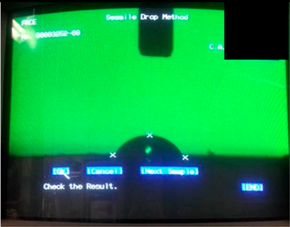 | 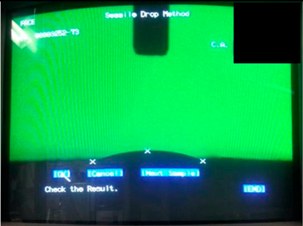 |  | 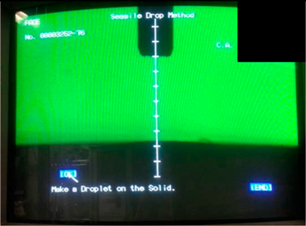 |
| 101.4° | 57.4° | 58.3° | 61.1° | Nearly 0° | Nearly 0° | Nearly 0° | |
 | 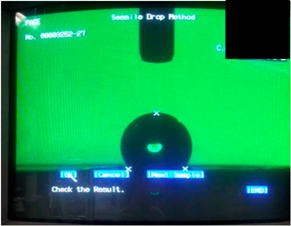 | 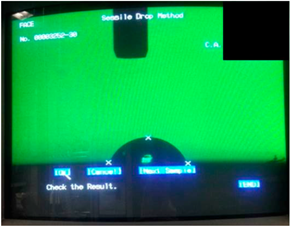 | 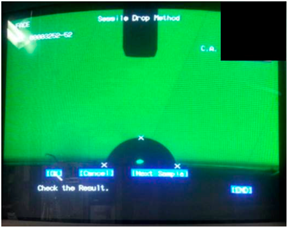 |  | 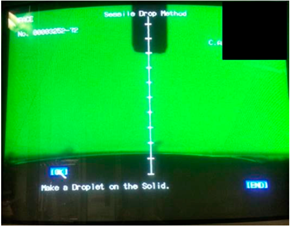 |  |  |
| 126.7° | 69.1° | 78.3° | 82.5° | Nearly 0° | Nearly 0° | Nearly 0° |
© 2016 by the authors. Licensee MDPI, Basel, Switzerland. This article is an open access article distributed under the terms and conditions of the Creative Commons by Attribution (CC-BY) license ( http://creativecommons.org/licenses/by/4.0/).
Share and Cite
Kimura, T.; Kasuya, M.C.; Hatanaka, K.; Matsuoka, K. Synthesis of Fluorinated Polymers and Evaluation of Wettability. Molecules 2016, 21, 358. https://doi.org/10.3390/molecules21030358
Kimura T, Kasuya MC, Hatanaka K, Matsuoka K. Synthesis of Fluorinated Polymers and Evaluation of Wettability. Molecules. 2016; 21(3):358. https://doi.org/10.3390/molecules21030358
Chicago/Turabian StyleKimura, Tamami, Maria Carmelita Kasuya, Kenichi Hatanaka, and Koji Matsuoka. 2016. "Synthesis of Fluorinated Polymers and Evaluation of Wettability" Molecules 21, no. 3: 358. https://doi.org/10.3390/molecules21030358






